![Best Drones in Construction [2024]](https://www.thedroneu.com/wp-content/uploads/2021/04/2021BestConstructionDrones-1024x576.jpg)
The United States construction landscape is witnessing a remarkable transformation. And this time around, it is driven by drones. These high-tech aerial wonders are not just enhancing operational efficiency and precision in construction projects but are redefining them.
As we stand at the brink of a new chapter in construction, it’s clear that drones are establishing new benchmarks in operational excellence.
Be it providing exact material measurements, continuous monitoring of site progress, overseeing permanent installations, or executing comprehensive materials audits, drones have become an indispensable part of the construction industry.
The evolution of construction drones in 2024 marks a significant departure from the traditional models we once knew. Construction firms nationwide are rapidly adopting such specialised drones unlocking innovative solutions to longstanding challenges on construction sites.
With the arrival of spring and its accompanying surge of activity on construction sites, crews are preparing to welcome a new generation of drones.
These drones transcend beyond mere tools. They are game-changers, each meticulously engineered to tackle the diverse and complex tasks found on construction sites.
The era where drones were perceived merely as floating cameras for aerial snapshots is long gone.
In fact, construction drones are now indispensable members of engineering teams, capable of capturing intricate, multi-perspective views of sites, unveiling aspects and details that are invisible from the ground.
In this article, we delve into the burgeoning use of drones in construction, highlighting the best drones that are reshaping the industry.
The Role of Drones in Construction
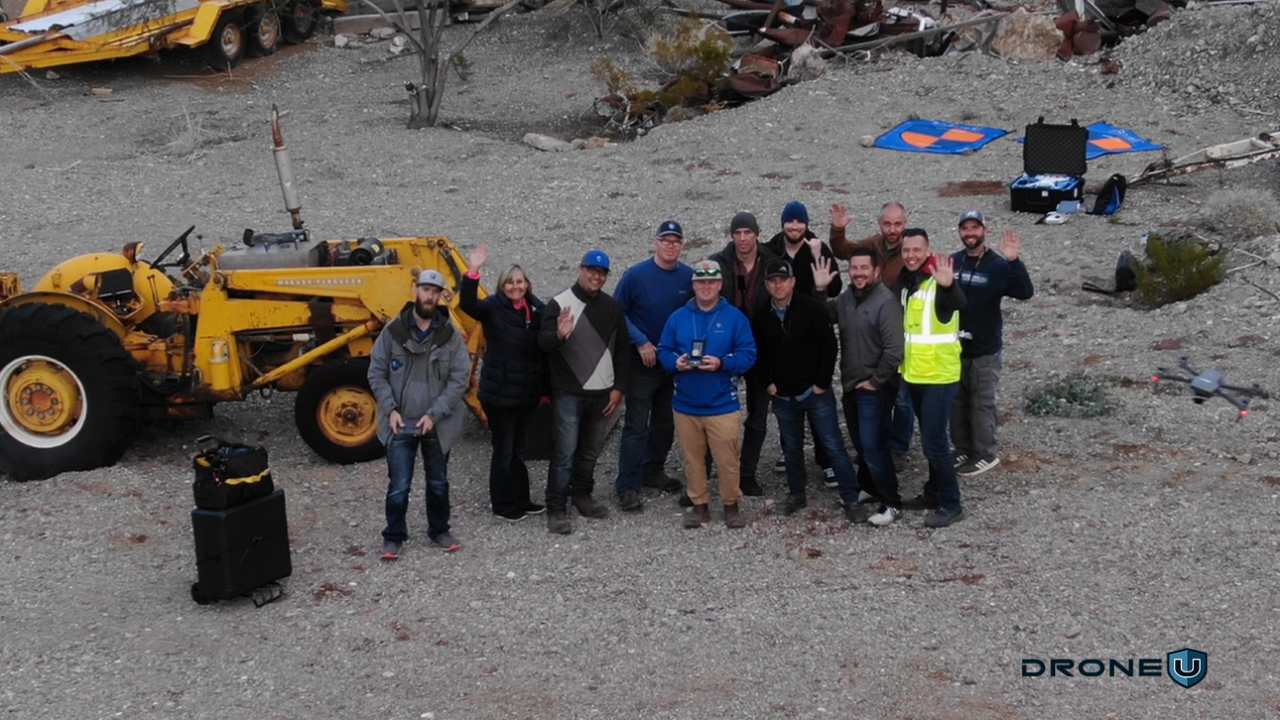
The application of drones is constantly evolving in construction settings. Their role becoming increasingly versatile and integral. Project managers are now using these aerial platforms for comprehensive site assessments, including navigating through sites for immersive 360-degree photography and employing orthomosaics to track site-wide progress with a high degree of efficiency.
Drones, with their versatility, are playing an increasingly critical role in modern construction practices. Their applications range from surveying and mapping to inspections, safety enhancements, and improving project management and communication.
Let’s begin with the role of drones in surveying and mapping.
Surveying and Mapping
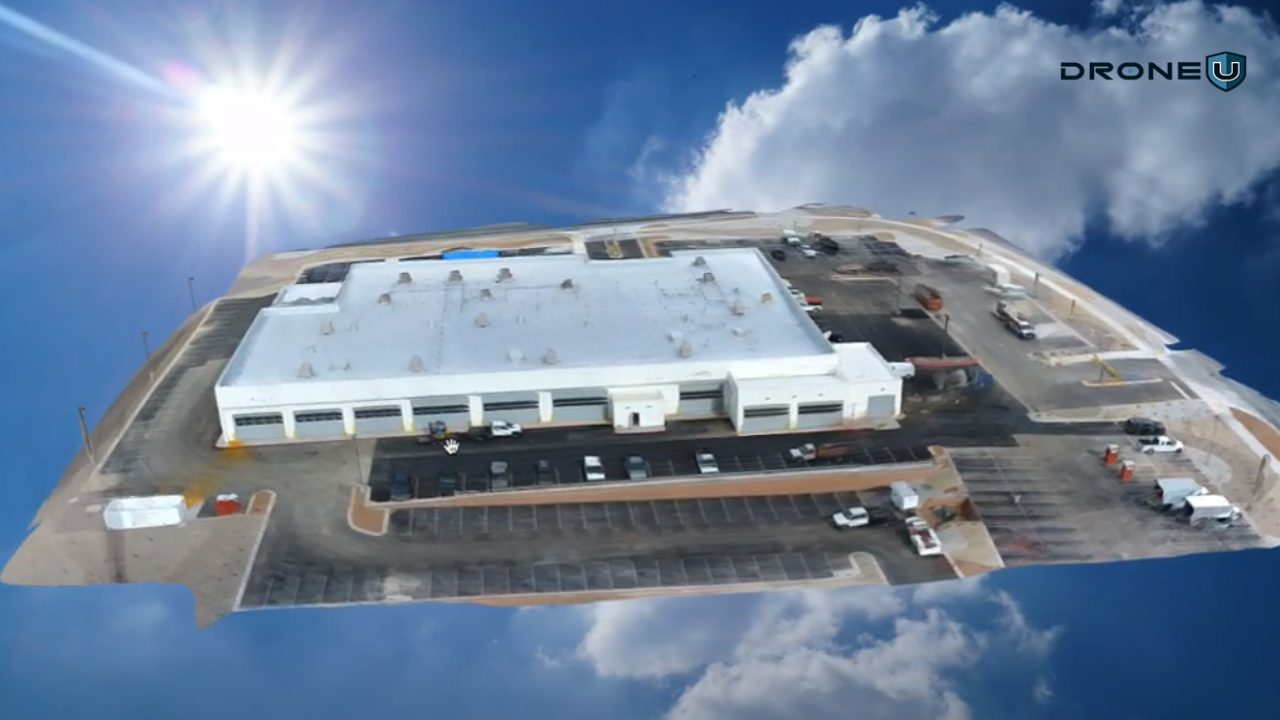
It is no surprise that drones have revolutionized surveying and mapping in construction.
Equipped with high-resolution cameras and GPS technology, drones can quickly and efficiently capture aerial images of construction sites. These images are then used to create detailed 3D maps and models. This capability is particularly beneficial in planning and designing phases, allowing construction teams to assess the terrain, plan site layouts, and identify potential obstacles with unprecedented precision. The speed and accuracy of drone-based surveying reduce the time and labor costs associated with traditional ground-based survey methods.
Inspection and Monitoring
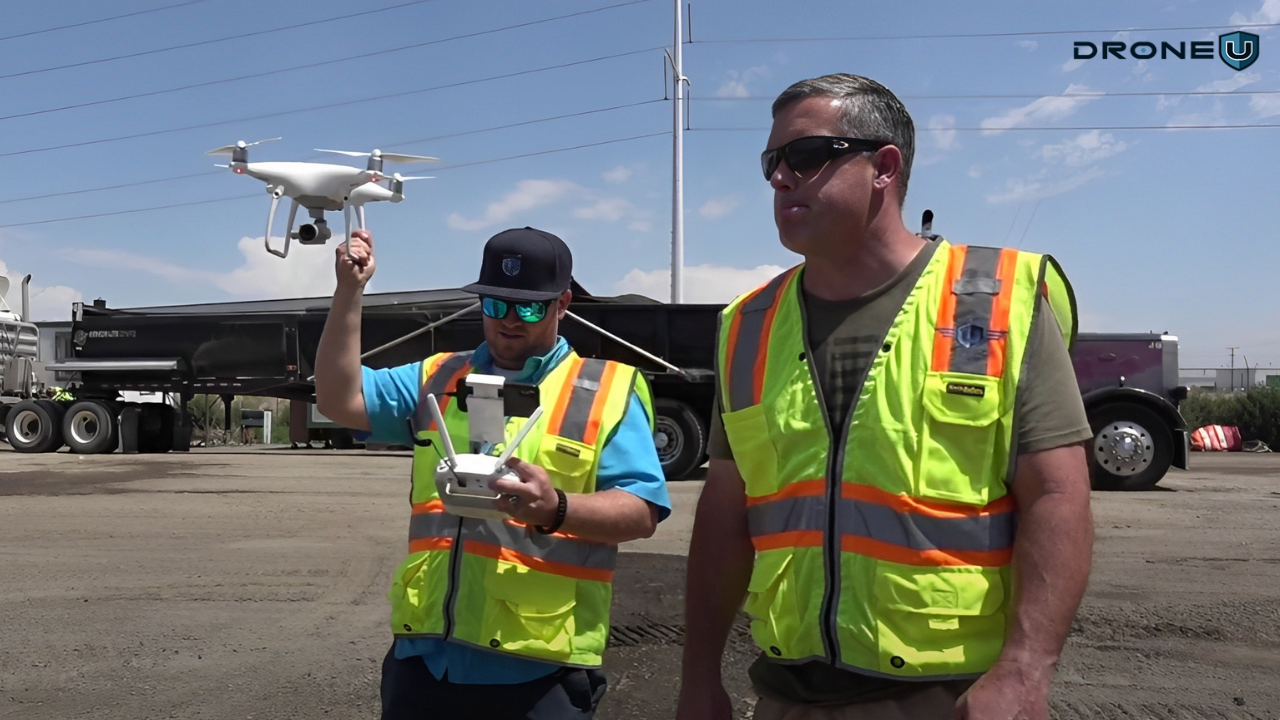
Regular inspections are vital for ensuring adherence to project timelines and standards.
Drones offer a unique advantage in this area by providing aerial views that are not possible with ground inspections. They can easily access hard-to-reach areas, like high-rise structures, towers, and large-scale infrastructure, capturing detailed images that help in identifying structural issues, construction deviations, or potential hazards. For progress monitoring, drones offer an efficient way to track the development of a project over time, providing stakeholders with a clear view of the ongoing work and helping in making timely decisions.
Safety Enhancements
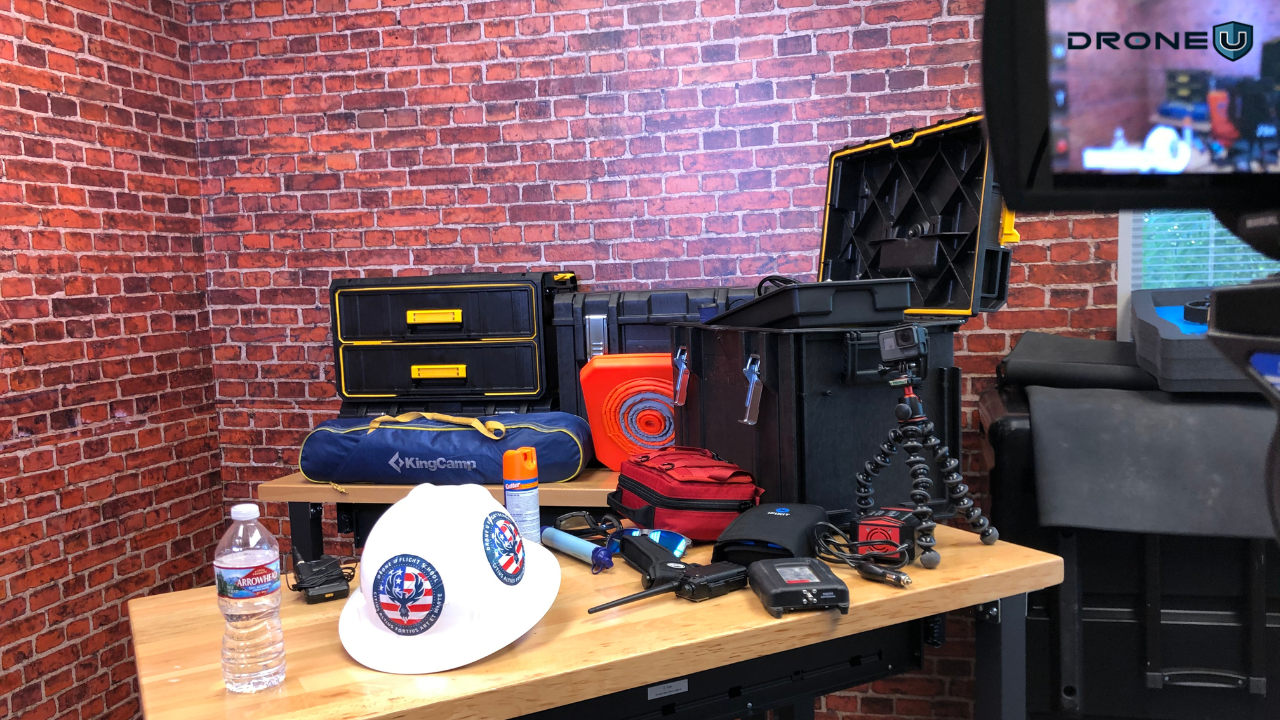
Construction sites are inherently risky environments, and safety is a top priority. Drones contribute significantly to safety enhancements on sites. They can be used for hazardous area inspections, minimizing the need for workers to enter potentially dangerous zones. Drones also help in monitoring compliance with safety regulations and can quickly identify issues like unstable structures, unsafe working practices, or equipment malfunctions. In emergencies, drones can provide critical real-time information to response teams.
Communication and Project Management
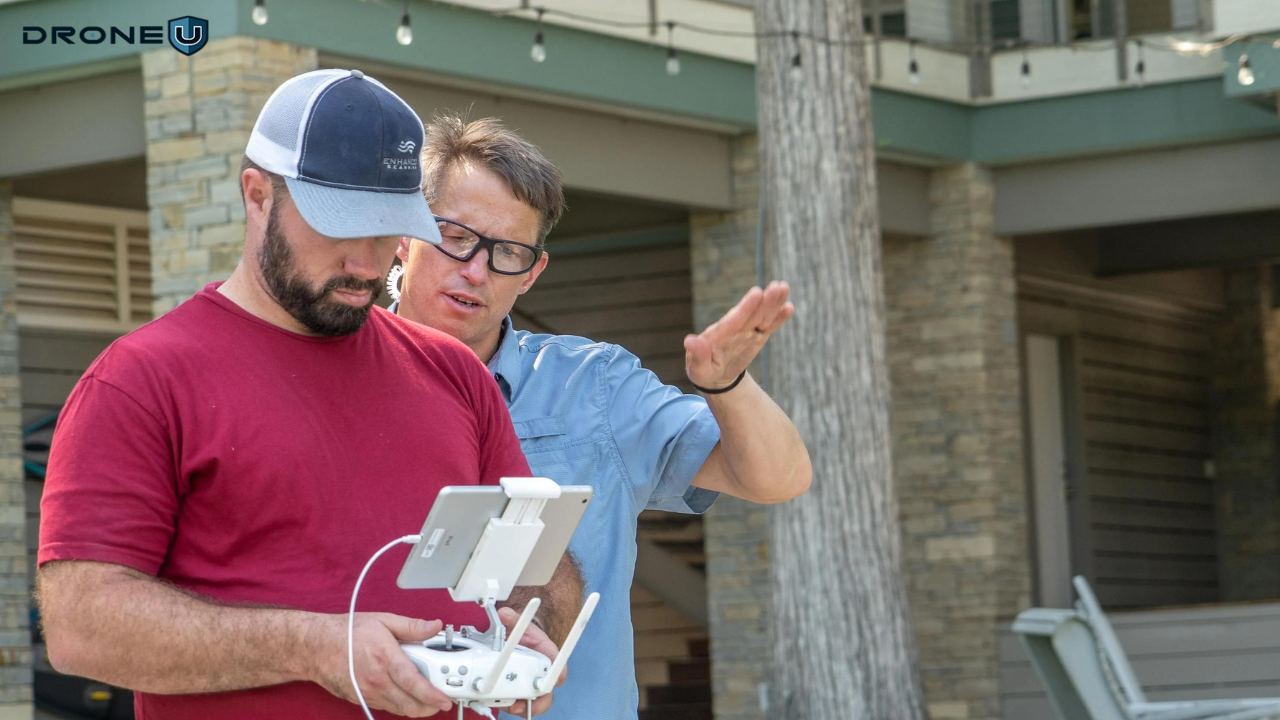
Effective communication and project management are key to the success of any construction project. Drones aid in this by providing updated visual documentation of the construction progress, which can be shared with project managers, investors, and clients. This visual data helps in keeping all parties informed, aligning expectations, and facilitating transparent and effective communication. Additionally, the integration of drone-captured data into project management software allows for better resource allocation, timeline management, and overall project efficiency.
In summary, drones are proving to be invaluable assets in the construction industry.
That being said, let’s dive into the key features of construction drones and the aspects you need to consider when buying one.
Key Features of Construction Drones
Construction drones are designed to cater to the unique demands of the construction industry. These drones are equipped with several key features that make them suitable for various tasks on construction sites, from surveying to monitoring and safety inspections.
1. High-Resolution Cameras:
The quality of the camera on a construction drone is crucial. High-resolution cameras are essential for capturing detailed imagery that is required for accurate mapping, inspection, and monitoring of construction sites. These cameras enable the creation of high-quality, detailed photographs and videos, which are vital for identifying structural issues, assessing work progress, and ensuring that the project adheres to its specifications. The clarity and precision of these images allow for better analysis and decision-making.
2. Flight Time and Battery Life:
Long flight times are essential in construction drones due to the extensive areas they need to cover. Construction projects often span large areas, and longer flight times mean drones can survey or inspect a site in a single flight, increasing efficiency and reducing the need for multiple trips. Extended battery life is key to achieving longer flight times, ensuring drones can operate for extended periods without the need for frequent recharging.
3. Durability and Weather Resistance:
Construction environments can be harsh, with various elements like dust, debris, and varying weather conditions. Drones used in construction need to be durable and weather-resistant. They must be able to operate reliably in a range of environmental conditions, including high winds and temperatures, to ensure consistent performance. Rugged construction and weatherproofing are therefore critical features of these drones.
4. GPS and Mapping Capabilities:
Advanced GPS and mapping capabilities are fundamental for construction drones. These features enable precise navigation and accurate mapping of construction sites. Drones equipped with GPS can autonomously navigate and reach specific locations, which is vital for consistent and accurate data collection. Moreover, advanced mapping capabilities allow for the creation of detailed 3D site models, which are crucial for planning and monitoring construction progress.
5. Payload Capacity:
The ability to carry additional equipment, such as different types of sensors or cameras, is important in construction drones. A higher payload capacity means that drones can be equipped with various tools necessary for specific tasks like thermal imaging, LiDAR sensors, or additional photographic equipment. This versatility makes drones adaptable to a wide range of applications on a construction site.
6. Data Processing and Integration:
The ease with which drone data can be processed and integrated with construction management software is a vital feature. Drones generate large amounts of data, and the ability to quickly process this data into usable forms is crucial. Integration capabilities mean that the information collected by drones can be easily fed into construction project management systems, aiding in real-time decision-making, progress tracking, and comprehensive project analysis.
In summary, construction drones are equipped with features tailored to the specific demands of the industry. High-resolution cameras, extended flight times, durability, advanced GPS and mapping capabilities, payload capacity, and data integration functionalities combine to make these drones indispensable tools in modern construction practices.
With this understanding in mind, we researched and evaluated a few drones that are a great fit for the construction industry.
Best Drones For Construction In 2024
Here is a list of top-tier drones, each uniquely equipped to meet the evolving demands of the modern construction landscape.
- DJI’s Phantom 4 Pro Version 2.0: Overall Performance
- DJI’s Inspire 2 with X7 camera: High-End Performance
- Freefly’s Astro Drone: American Made
- Wingtra One Drone: Large Scale | Enterprise Grade
- DJI Mini 2: Interior Fly-Throughs
1. DJI’s Phantom 4 Pro
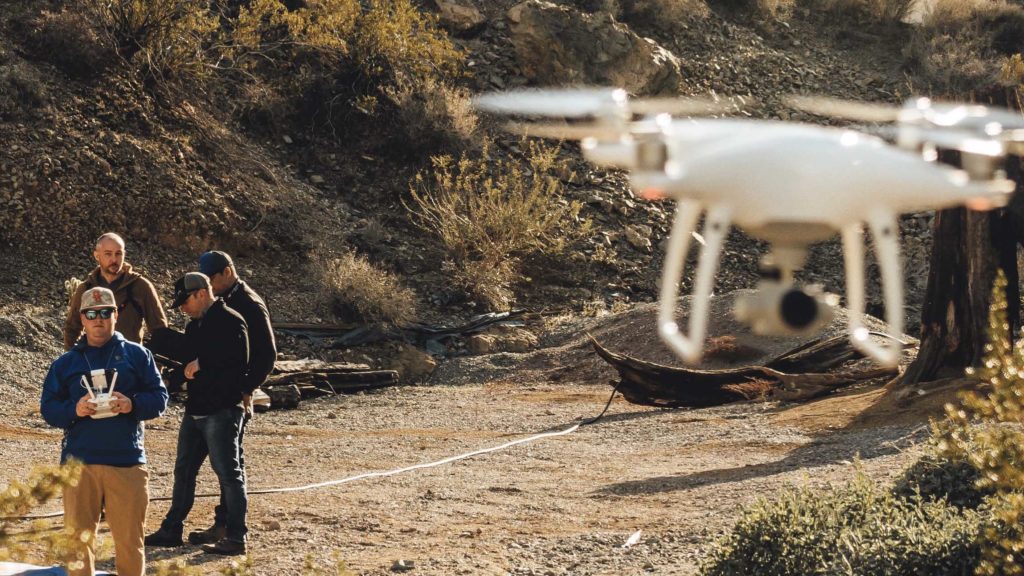
DJI’s Phantom 4 Pro drone has been and remains the powerhouse mapping drone for construction. The Phantom 4 Pro V2.0 offers a wide variety of 3rd party apps that can control the drone for construction mapping and modeling.
These same applications allow pilots to set and save waypoints. Allowing drone pilots to fly pre-planned missions that snap progression photos from the same position over time.
The Phantom drone is one of the rare drones that offers a mechanical shutter for faster acquisition of photos for mapping. The Phantom has a large 1? sensor that is reliable and offers great color depth and detail. Pair all of these features with the Phantom’s ease of use, and no other drone has ever come close to matching the Phantom’s offering. Drone pilots love the simplicity of the Phantom, which has less complexity and can therefore make it much easier to ensure routine and reliable flights. The Phantom is hands down, the very best drone for construction in 2024 and, most likely, for years to come.
Drone programs love the Phantom drone as managers can literally watch flights in real time through applications like Measure. The Phantoms, along with great training, can make the lives of program managers much easier. Even better news for veteran drone pilots is DJI has re-initiated production of the Phantom 4 Advanced drone, which is the most valuable drone for the money…. If you map and model in addition to using your drone for capturing images and video.
Specifications of DJI Phantom 4 Pro
| Feature | DJI Phantom 4 Pro |
| Camera Resolution | 20 megapixels, 1-inch CMOS sensor |
| Video Resolution | 4K at 60fps |
| Gimbal | 3-axis stabilization |
| Flight Time | Approximately 30 minutes |
| Obstacle Sensing | 5-direction obstacle sensing |
| Intelligent Flight Modes | ActiveTrack, TapFly, Draw, Gesture Control, among others |
| Maximum Speed | 72 km/h (S-mode) |
| Internal Storage | 8 GB, expandable with a microSD card |
| GPS and GLONASS | Dual GPS for enhanced positioning |
| Remote Controller | With screen or connect your own mobile device |
| Flight Autonomy System | Advanced system for precise hovering and better flight performance |
| Weight | 1388 g |
| Dimensions | Diagonal Size (excluding propellers): 350 mm |
| Battery | High-capacity 5870 mAh LiPo battery |
| Live View Quality | 720p at 30fps, 1080p at 30fps (remote controller), 720p at 30fps, 1080p at 30fps (DJI Goggles) |
| Operating Temperature | 0° to 40°C (32° to 104°F) |
2. Inspire 2 with the X7 camera
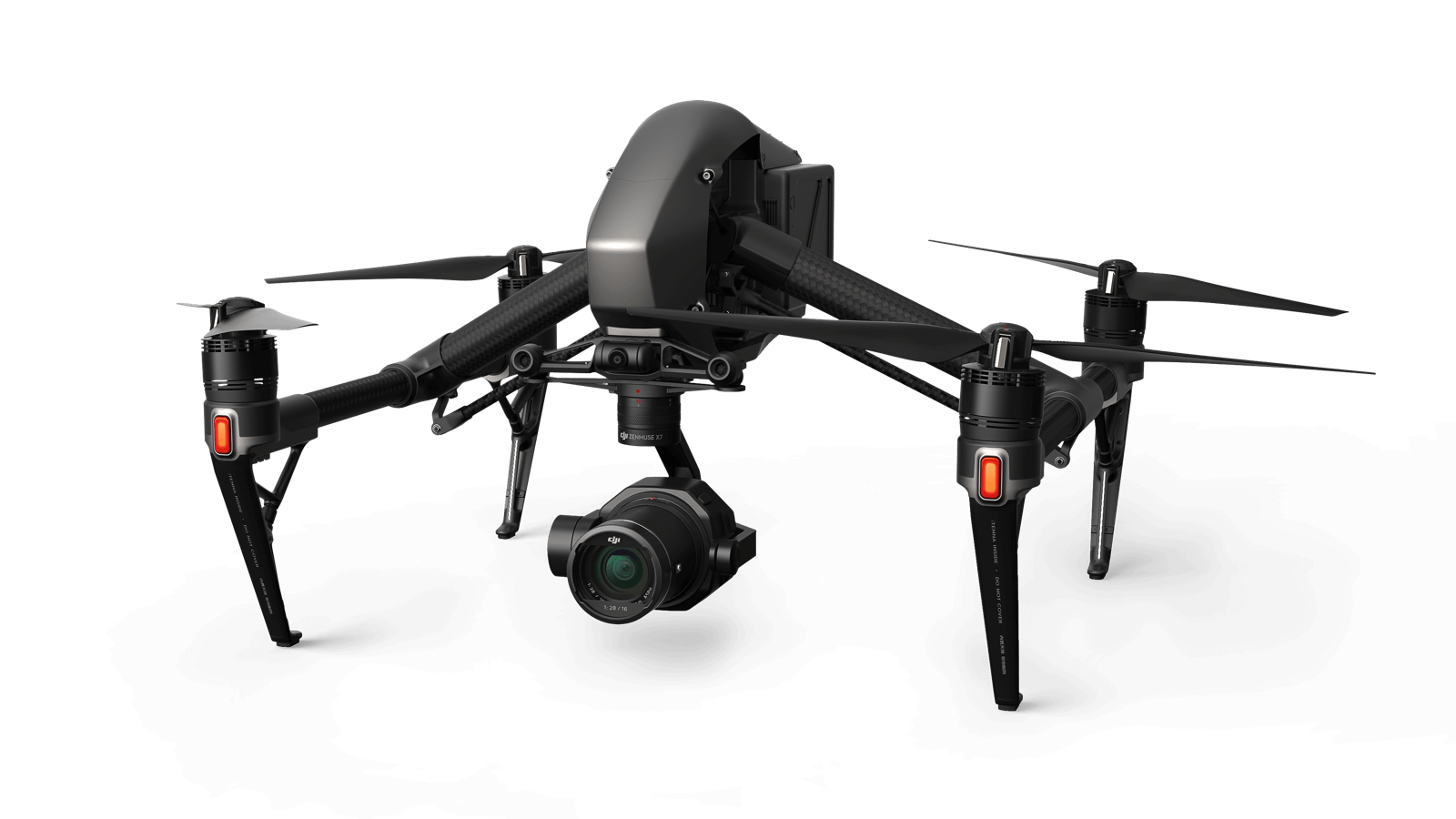
As more companies look to digitize their environments, many drone pilots are turning to the Inspire 2 with the X7 camera. At a much cheaper cost than an M300, the Inspire 2 offers increased safety features and flexibility.
Are your construction sites in cold environments that face windy conditions?
Chances are you’ll love the Inspire 2’s dual self-heating batteries. The Inspire 2 also offers high-altitude props to help those mountain towns build up their new ski-lifts. The real power of the Inspire 2 comes with the addition of the X7 camera. The X7 camera allows pilots to take extremely high-quality imagery with various lenses.
2024 means construction companies are using drones for more than just photos. This is why the list of the best drones in construction had to include the Inspire 2 X7. Construction companies are often creating life-like 3D models of a site.
Whether the company wants to earn a bid by animating these 3D models or create a historical 3D record of the site pre-construction…the Inspire 2 X7 offers the most flexibility to get the job done. Simply put, the larger (all-in-one) camera paired with a more robust airframe = takes flight on more days of the year.
Specifications of Inspire 2 with the X7 Camera
| Feature | Inspire 2 with Zenmuse X7 |
| Maximum Takeoff Weight | Approx. 4,000 g |
| Maximum Speed | 94 km/h (Sport mode) |
| Flight Time | Approx. 23-27 minutes (varies with payload) |
| Transmission System | Lightbridge technology, up to 7 km range |
| Obstacle Sensing | Forward and downward vision systems |
| Intelligent Flight Modes | Spotlight Pro, TapFly, ActiveTrack, QuickSpin, among others |
| Battery | Dual battery system, TB50 Intelligent Flight Battery |
| Operating Temperature Range | -20° to 40°C (-4° to 104°F) |
| GPS | GPS and GLONASS for enhanced positioning |
| Sensor Type | Super 35 sensor |
| Resolution | 24 megapixels |
| Video Resolution | 6K CinemaDNG, 5.2K Apple ProRes, and more |
| Lens Mount | DL-Mount (compatible with a range of lenses) |
| Dynamic Range | 14 stops |
| Bitrate | Up to 4.44 Gbps (CinemaDNG) |
| Photo Formats | JPEG, DNG (RAW) |
| Video Formats | CinemaDNG, Apple ProRes, H.264, H.265 |
3. Freefly Astro
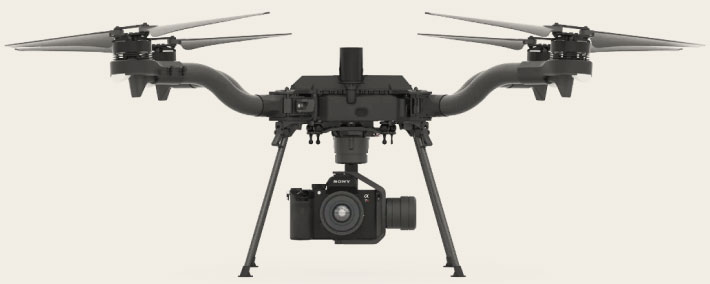
Many construction sites are now operating in sensitive areas, forcing pilots to fly American made aircraft. While we haven’t tested the Freefly Astro, we have seen the aircraft run autonomous missions.
The Astro drone sports a Sony A7R4 camera shooting 60mp photos. This particular setup can offer extreme value to construction companies. This larger sensor means the drone will have a much shorter flight time to complete any autonomous mission.
The larger camera also means pilots can fly much higher than normal to acquire the same resolution or Ground Sampling Distance. (Want to learn more about drone mapping: see this guide.)
Pilots will need to consider that applications to control the Astro will be limited. Again, without direct hands-on experience, we cannot speak to the reliability of the aircraft or the flight characteristics. Albeit, of all the American made drones, the Freefly Astro is our current favorite. Though we are excited to get our hands on the Sony Airpeak when it hits American markets.
Specifications of Freefly Astro
| Feature | Freefly Astro |
| Maximum Takeoff Weight | Approximately 12 kg (26.5 lbs) |
| Maximum Speed | Up to 100 km/h (62 mph) |
| Flight Time | Up to 30 minutes depending on payload and conditions |
| Payload Capacity | Up to 5 kg (11 lbs) |
| Transmission System | Secure, high-bandwidth, low-latency digital video link |
| Battery | High-capacity intelligent LiPo battery, swappable in the field |
| Operating Temperature Range | -20° to 50°C (-4° to 122°F) |
| GPS and RTK | Dual GPS for enhanced accuracy, with optional RTK for centimeter-level precision |
| Foldable Design | Foldable arms for easy transportation and deployment |
4. Wingtra One
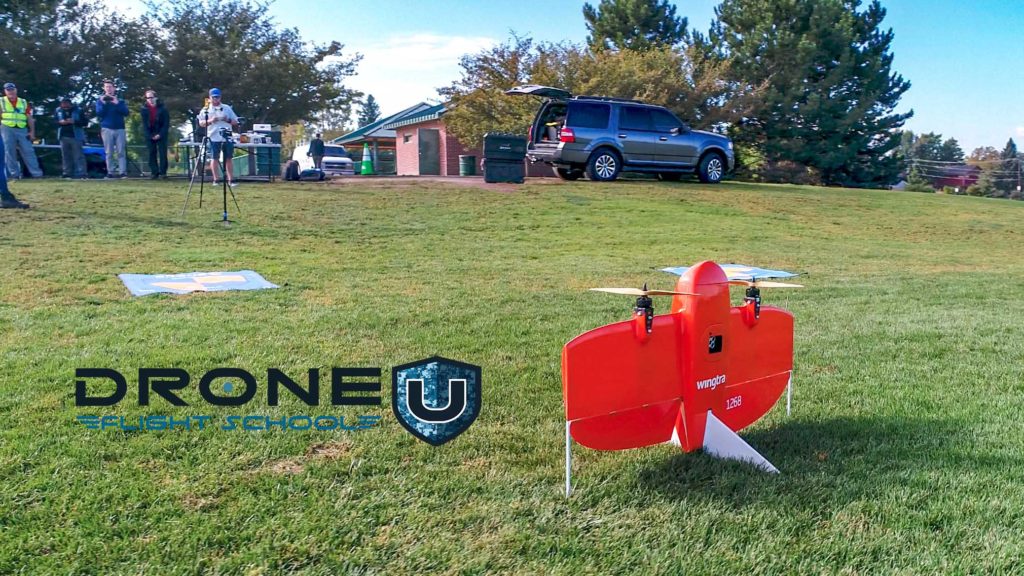
For serious construction companies needing to map large sites or long roads, look no further than the Wingtra One drone. Hands down the most capable fixed-wing drone offered to drone pilots. While this drone may be vastly different from the multi-rotor drones you’ve seen, it is much more capable.
The Wingtra drone is one of the few fixed-wing aircraft that has reliable vertical take-off and landing (VTOL) capability. This VTOL feature ensures that the drone can take off and land in urban environments or near tall trees.
Unlike the Ebee X which needs a large area for takeoff, the Wingtra elegantly rotates her wings to transfer from vertical flight to horizontal. Frankly, it is almost like viewing a work of art for the first time.
Besides the complex flight features, the Wingtra has proven to be a practical solution for construction and engineering companies worldwide. The bird has seen continued success abroad and fast implementation domestically. For any construction site looking to map vast swaths of land, look no further than the Wingtra One Drone. The Wingtra drone is by far the best large-scale mapping drone for construction.
Specifications of Wingtra One
| Feature | Wingtra One |
| Aircraft Type | Fixed-wing VTOL (Vertical Take-Off and Landing) |
| Maximum Takeoff Weight | Approximately 3.7 kg (8.16 lbs) |
| Flight Speed | 16 m/s (35.8 mph) |
| Flight Time | Up to 59 minutes depending on payload and conditions |
| Battery | Two 99 Wh batteries (a pair of batteries required) |
| Operating Temperature Range | -10°C to 40°C (14°F to 104°F) |
| Software Compatibility | WingtraPilot |
| Takeoff and Landing | Vertical takeoff and landing for operation in confined spaces |
5. DJI Mini 2
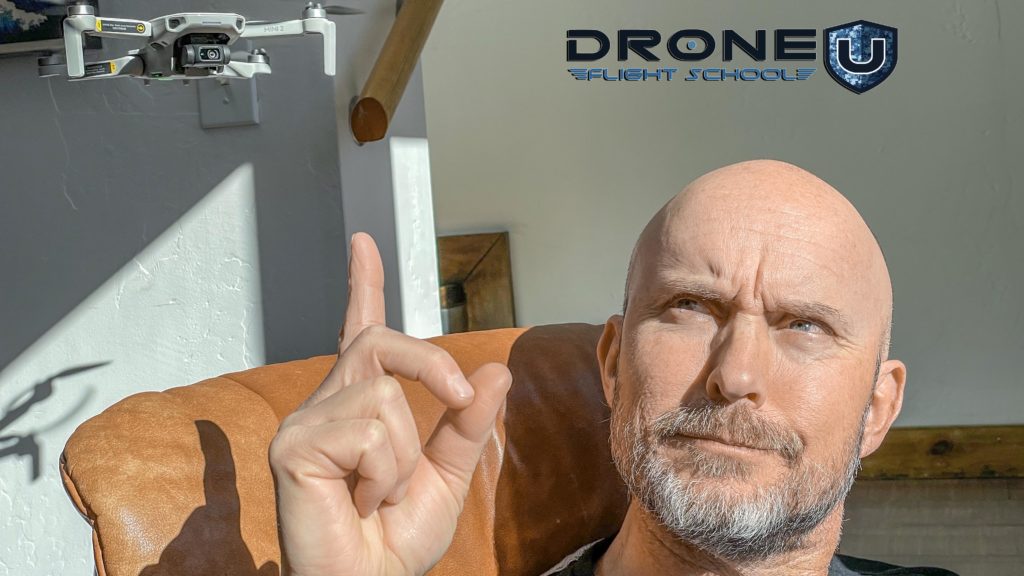
The last drone on our list may surprise you. As many of our clients are using drones in new ways in construction, one of the best construction related drones now includes the Mini 2 drone.
While pilots will not be using the Mini 2 to map or model construction sites, they might use it to fly through the construction site. That’s right, some project managers are using the Mini 2 to simply fly through an interior to check progress or identify potential safety hazards.
While the Mini 2 offers very limited functionality, with such a cheap price point…the drone is easy to replace. One recent construction engineer told me he believes the Mini 2 drone is the next disposable camera. It just happens to fly.
Over the years of teaching drone pilots mapping and modeling, the Toyota of drones (in construction) has been and will remain the Phantom 4 Pro.
Until you have to map extremely large sites across various environments, you’ll end up skipping most enterprise solutions and going right to Wingtra. That is if you like mitigating headaches on-site.
Specifications of DJI Mini 2
| Feature | DJI Mini 2 |
| Weight | Less than 250 grams |
| Operating Temperature | 0° to 40°C (32° to 104°F) |
| Camera Resolution | 12 megapixels |
| Video Resolution | 4K/30fps |
| Gimbal | 3-axis motorized gimbal |
| Maximum Flight Time | Up to 31 minutes |
| Transmission System | OcuSync 2.0, up to 10 km transmission range |
| Wind Resistance | Level 5 (up to 29-38 km/h winds) |
| Intelligent Flight Modes | QuickShot modes (Dronie, Helix, Rocket, Circle, Boomerang) |
| Zoom Capability | 4x digital zoom |
| Battery | Intelligent Flight Battery |
| QuickTransfer | Quick and easy downloading of content directly to your mobile device |
| Panorama Mode | Wide-angle, 180°, and Sphere panoramas |
Conclusion
In summary, drones have profoundly transformed the construction industry in the United States. These advanced aerial tools have revolutionized traditional practices, significantly enhancing efficiency, accuracy, and safety. From detailed surveying and mapping to conducting comprehensive site inspections, drones offer an unmatched level of precision and versatility.
When it comes to choosing the best drone for construction, consider the scope of your project, the budget constraints as well as intended usage.
If you are looking to learn specific skills for utilizing drones in the construction industry, check out Drone U’s extensive training resources.







Add Your Comment